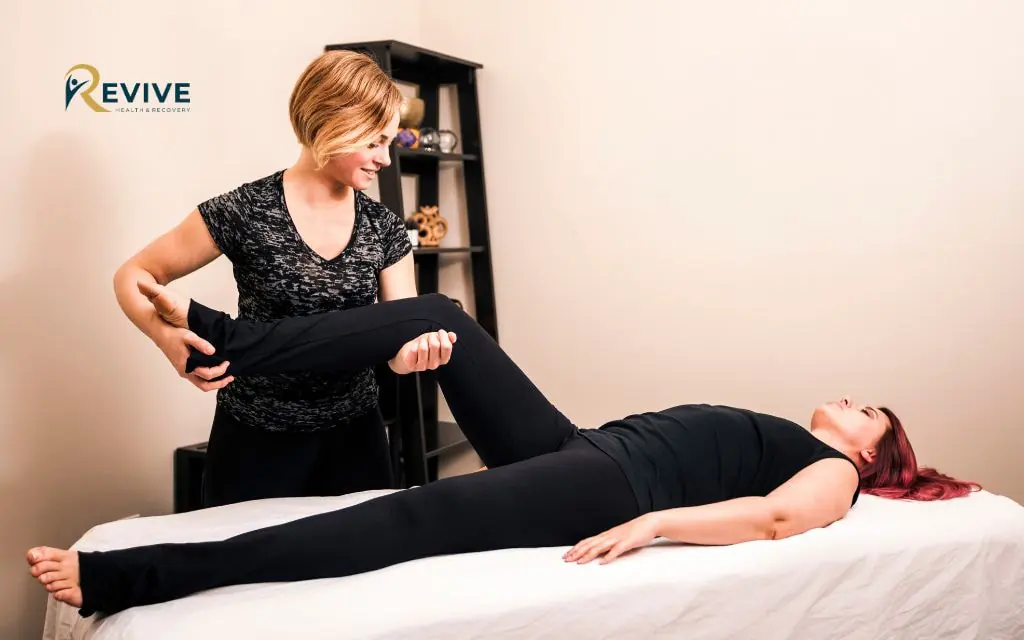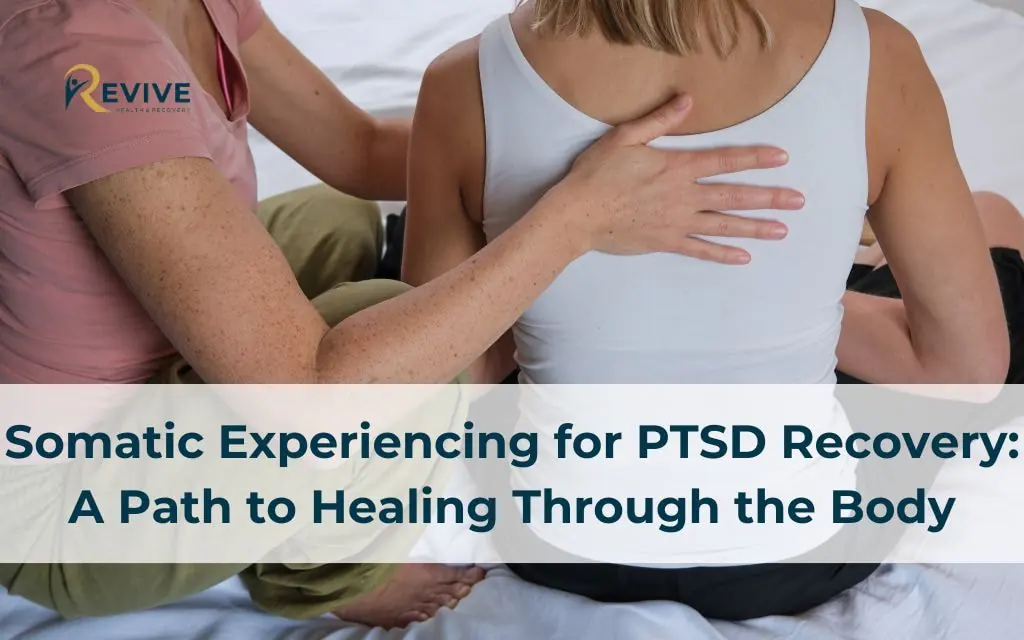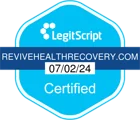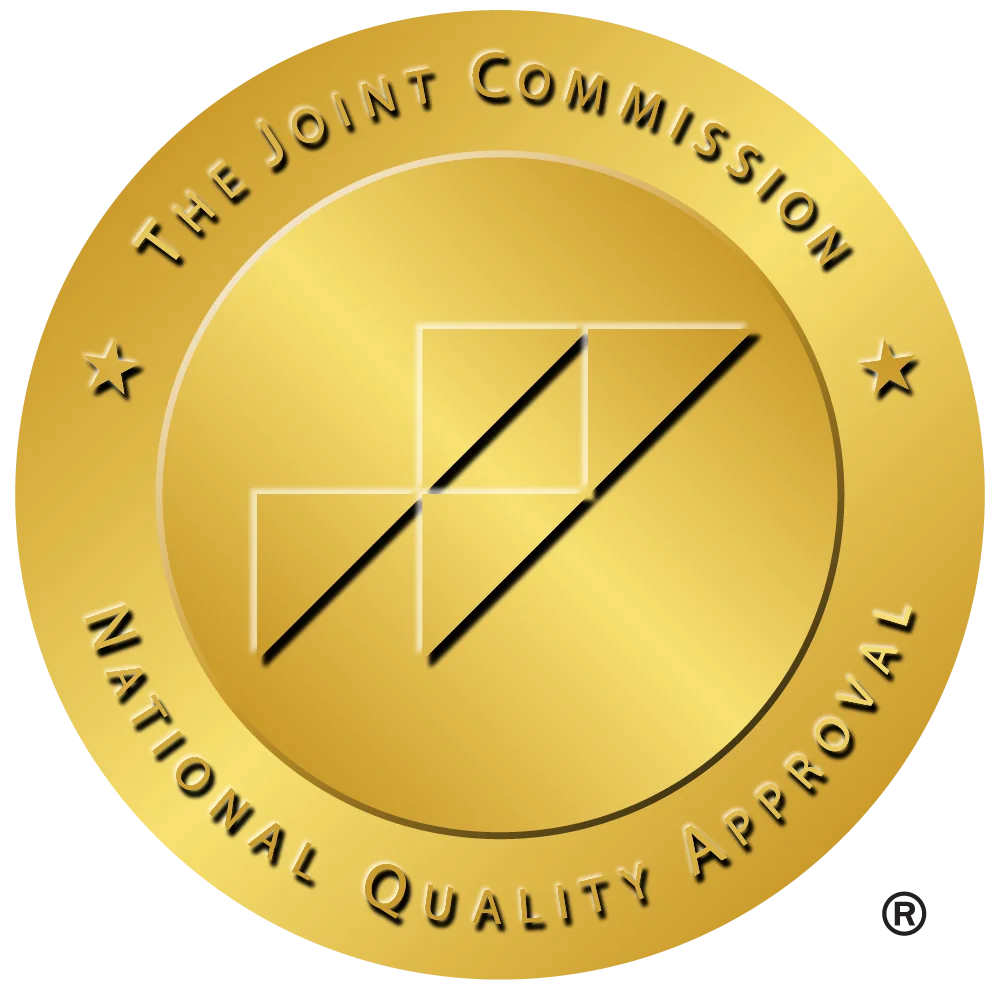Trauma lodges itself not just in the mind, but in the body. Somatic Experiencing (SE) stands as a powerful approach to PTSD recovery that addresses trauma where it often remains stored – within the physical form. This body-focused therapy for trauma offers a distinct pathway to healing that complements traditional approaches and provides relief where other methods might fall short. For those seeking somatic experiencing for PTSD recovery in Denver, our center provides comprehensive support throughout your trauma healing journey.
What Is Somatic Experiencing Therapy for PTSD?
Somatic Experiencing, developed by Dr. Peter Levine, operates on the principle that trauma disrupts the body’s natural ability to process and release stress. Rather than focusing exclusively on the narrative of traumatic events, Somatic Experiencing for PTSD Recovery works with the physical sensations that accompany trauma memories, making it one of the most effective PTSD treatment options available today.
This therapy emerged from Dr. Levine’s observations of animals in the wild, who naturally discharge stress energy after threatening situations. Humans, with our complex cognitive processes, often interrupt this natural cycle, leaving trauma energy trapped in the nervous system. SE provides a framework to complete this interrupted cycle, strengthening the mind-body connection in therapy.
Unlike traditional talk therapy, which primarily addresses cognitive aspects of trauma, SE focuses on bodily sensations and nervous system regulation. This distinction proves crucial for many trauma survivors whose bodies remain in states of hyperarousal or shutdown despite understanding their trauma intellectually. How does somatic experiencing work for PTSD? By addressing these physiological patterns directly rather than just discussing them.

How Does Somatic Experiencing Work for PTSD Recovery?
Understanding the Body’s Trauma Response
PTSD manifests through the nervous system’s response to perceived threats. When trauma occurs, our bodies enter survival modes – fight, flight, or freeze. In PTSD, these responses become chronic, with the nervous system failing to return to a regulated state. Somatic therapy for stress works directly with these patterns to restore balance.
Somatic Experiencing for PTSD recovery works by:
- Identifying how trauma manifests in physical sensations
- Restoring the nervous system’s capacity to self-regulate
- Releasing trapped survival energy without retraumatization
The process honors the body’s wisdom and timing, allowing for gradual healing that respects each individual’s capacity. These trauma recovery techniques have proven effective for many survivors who previously felt stuck in their healing process.
Key Techniques Used in Somatic Experiencing Therapy
SE practitioners employ several core techniques:
- Tracking – Observing and naming bodily sensations with curiosity rather than judgment. This builds awareness of how trauma manifests physically. Read more about SE techniques on GoodTherapy for additional insights into this process
- Resourcing – Identifying and cultivating positive internal experiences that create feelings of safety and strength.
- Pendulation – Gently moving between difficult sensations and resource states to build capacity for managing distress.
- Titration – Approaching traumatic material in small, manageable doses to prevent overwhelm.
- Completion – Supporting the body in finishing self-protective responses that were interrupted during traumatic events.
These techniques work together to release trapped trauma energy while maintaining a sense of safety and control. The benefits of somatic experiencing for PTSD include both immediate symptom relief and long-term resilience building.
Benefits of Somatic Experiencing for PTSD Recovery
1. Symptom Reduction
SE therapy directly addresses the physiological foundations of PTSD symptoms. Research on somatic therapies from NCBI indicates significant improvements in:
- Hypervigilance and startle responses
- Intrusive thoughts and flashbacks
- Sleep disturbances
- Physical tension and pain
By working with the body, SE helps dismantle the physical patterns that perpetuate PTSD, often achieving results where cognitive approaches alone may struggle. Reviews of somatic experiencing therapy for PTSD consistently highlight these symptom improvements as a primary benefit.

2. Enhanced Emotional Regulation
Trauma disrupts our natural capacity to regulate emotions. SE restores this capacity by:
- Rebuilding awareness of bodily cues that signal emotional states
- Developing tools to modulate arousal levels
- Creating new neural pathways for responding to triggers
- Fostering a sense of safety within the body
These improvements extend beyond therapy sessions, empowering individuals to navigate daily life with greater emotional stability. As you learn how to start somatic experiencing for PTSD recovery, these regulation skills become an essential part of your healing toolkit.
3. Strengthened Mind-Body Connection
SE therapy bridges the gap between cognitive understanding and embodied experience. This integration proves essential for complete trauma recovery and manifests as:
- Increased body awareness
- Improved ability to identify needs and boundaries
- Greater present-moment awareness
- Enhanced intuition and trust in bodily wisdom
This reconnection with the body creates a foundation for lasting healing. The mind-body connection established through SE remains one of its most profound and lasting effects.
Explore how mind-body practices like yoga can further enhance this connection and support your trauma recovery.
4. Increased Resilience
Beyond symptom reduction, SE builds capacity for facing future challenges. This resilience emerges from:
- A more flexible nervous system
- Expanded comfort with a range of sensations and emotions
- Confidence in one’s ability to recover from distress
- A toolkit of self-regulation strategies
This benefit extends beyond trauma recovery into all areas of life, supporting overall well-being and growth. Many clients report that the skills they learn through Somatic Experiencing International protocols continue to serve them long after formal therapy ends.
Seeking Somatic Experiencing Therapy in Denver
Finding a Qualified Practitioner
At Revive Health Recovery in Denver, our team includes certified Somatic Experiencing practitioners trained through Somatic Experiencing International (formerly the Somatic Experiencing Trauma Institute). This certification ensures practitioners have completed extensive training in trauma physiology and SE techniques. If you’re looking to find somatic experiencing therapist for PTSD in Denver, our center offers a team of skilled professionals ready to support your healing journey.
When seeking an SE therapist, whether at our center or elsewhere, consider:
- Their level of SE training and certification
- Experience with PTSD and your specific type of trauma
- Their approach to integrating SE with other therapies if needed
- Your comfort level with the therapist

Cost of Somatic Experiencing Therapy in Denver
The investment in SE therapy in Denver typically ranges from $100-$200 per session, with factors including:
- Practitioner experience and credentials
- Session length (typically 60-90 minutes)
- Individual vs. group sessions
- Frequency of sessions
At Revive Health Recovery, we work with several insurance providers and offer sliding scale options to make this effective treatment accessible. We recommend checking with your insurance about mental health coverage specific to trauma treatment. The cost of somatic experiencing therapy for PTSD in Denver may be partially covered by insurance, depending on your plan and provider.
How to Start Somatic Experiencing for PTSD Recovery
Beginning your SE journey requires thoughtful preparation:
- Initial consultation: Schedule a consultation with an SE practitioner to discuss your history, needs, and goals.
- Set realistic expectations: SE works gradually—healing happens at the pace your nervous system can integrate.
- Prepare for sessions: Wear comfortable clothing and avoid scheduling demanding activities immediately after sessions.
- Create post-session space: Allow time for integration after each session, as the body may continue processing.
- Establish safety: Work with your therapist to develop safety protocols and grounding techniques before diving into traumatic material.
At Revive Health Recovery, we guide clients through each of these steps, ensuring you feel supported throughout the process. Understanding how to start somatic experiencing for PTSD recovery helps create a foundation for successful treatment outcomes.
What to Expect in SE Sessions
SE therapy follows a client-centered approach that evolves as treatment progresses. A typical journey includes:
- Assessment phase: Your therapist will gather information about your trauma history and current symptoms while observing your nervous system patterns.
- Resourcing phase: Initially, sessions focus on building capacity and resources before addressing traumatic material directly.
- Processing phase: Gradually, the therapy will support you in processing trapped trauma energy in manageable increments.
- Integration phase: Later sessions often emphasize integrating new patterns and preparing for therapy conclusion.
Throughout treatment, your therapist serves as a guide, but you remain in control of the pace and direction of your healing. Many clients seeking somatic experiencing for PTSD recovery in Denver appreciate this collaborative approach to trauma healing.
Integrating SE with Other Therapeutic Modalities
Somatic Experiencing often works most effectively when integrated with complementary approaches. At Revive Health Recovery, we offer several integrative options:
- SE and EMDR: Combining these approaches allows for processing trauma through both the body and bilateral brain stimulation, often accelerating recovery.
- SE and mindfulness practices: Mindfulness strengthens the awareness central to effective SE work while supporting ongoing nervous system regulation.
- SE and cognitive approaches: For some clients, addressing both the body’s responses and thought patterns provides comprehensive healing.
Our therapists customize treatment plans based on individual needs, drawing from various modalities while maintaining SE principles as a foundation. This integrative approach makes our center a valuable resource for those seeking body-focused therapy for trauma in the Denver area.
FAQs About Somatic Experiencing for PTSD
Is Somatic Experiencing effective for all types of trauma?
Research indicates SE benefits various trauma types, from single-incident trauma to complex developmental trauma. However, effectiveness varies based on individual factors, including trauma severity, chronicity, and existing support systems. Our practitioners conduct thorough assessments to determine if SE suits your specific situation.
How long does Somatic Experiencing therapy typically take?
Treatment duration varies widely based on trauma complexity and individual capacity. Some clients experience significant relief within 10-15 sessions, while complex trauma may require longer-term work spanning months to years. At Revive Health Recovery, we provide regular progress assessments to ensure treatment remains effective and aligned with your goals.
Can I continue taking medication during SE therapy?
Yes. SE works compatibly with appropriate medication management. We coordinate with psychiatrists and primary care physicians to ensure integrated care. Never adjust medications without consulting the prescribing provider.
What if I don’t remember my trauma clearly?
SE effectively addresses trauma regardless of conscious memory access. The therapy works with the body’s responses rather than requiring detailed trauma narratives, making it particularly valuable for preverbal trauma or experiences with fragmented memories.
Conclusion
Somatic Experiencing for PTSD recovery offers a powerful pathway to PTSD recovery by addressing trauma where it often remains most deeply entrenched—in the body. Explore Verywell Mind’s guide to SE for a broader perspective on this transformative approach. By working with physical sensations and nervous system patterns, SE complements cognitive approaches and provides relief for many who haven’t found complete healing through traditional methods alone.
At Revive Health Recovery in Denver, our certified practitioners bring expertise and compassion to guide you through this transformative process. We understand that seeking help for trauma requires courage, and we honor that courage by providing evidence-based, client-centered care.
If you’re ready to explore how Somatic Experiencing might support your PTSD recovery, contact our team to schedule a consultation. Your journey toward a regulated nervous system and embodied healing begins with a single step.







